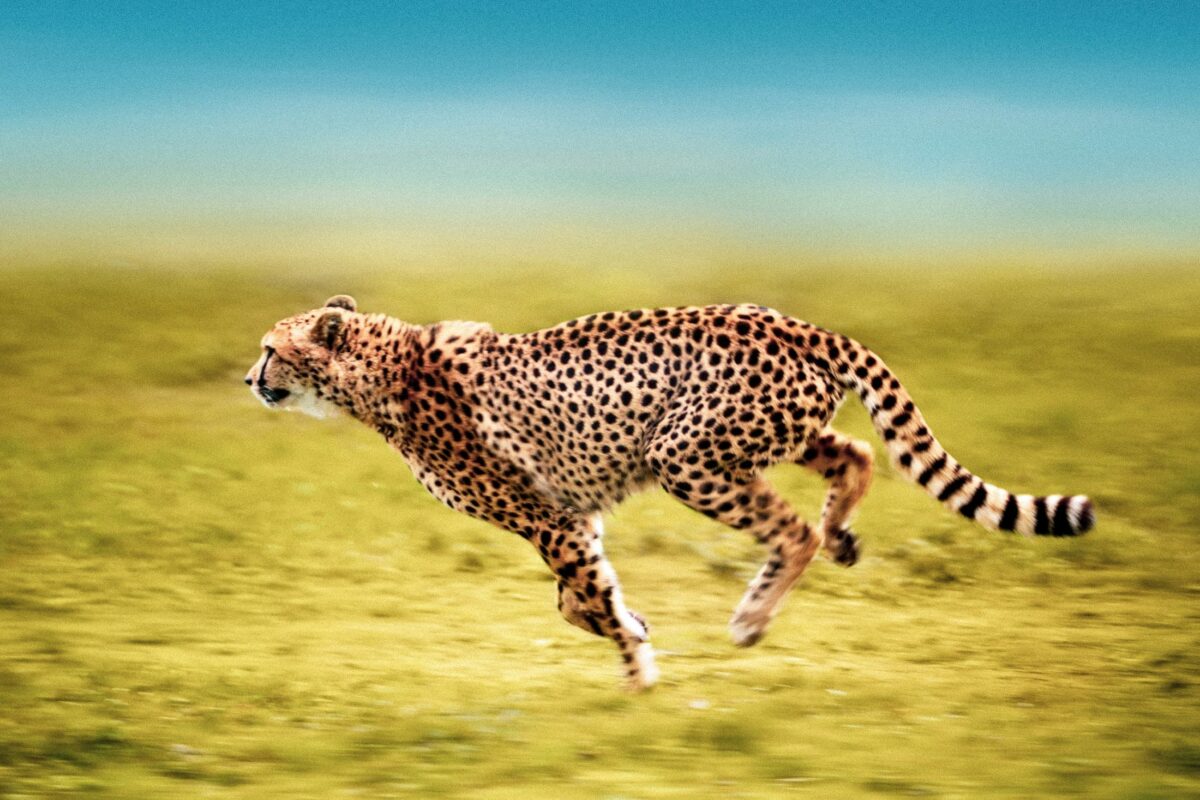Discover Your Own Path to Excellence
May 6, 1954 was a cold and windy day in Oxford, England. It was far from ideal conditions for a race, but it was also the day Roger Banister broke a record. He wasn’t a professional athlete, but a medical student with a knack for running. He set out on a wet race track and completed a feat that no one before him had managed: the four-minute mile.
Perhaps more incredible than the first four-minute mile is the second. In June of that year, John Landy joined the club. Four additional runners managed the feat the following year. The trend continued until, in 2017, Reed Brown became the tenth high school student to run a mile in under four minutes.
The mile run isn’t the only record to be repeatedly broken over time. By Dr. David S. Gardner’s calculations, running times have improved 12-13 percent since 1950.
The numerous record-breaking successes of our athletes flies in the face of traditional philosophies of human performance.
There must be a ceiling, a limit. Why, with athletes striving to be the very best they can be, have we not hit the maximum possible peak of human performance? At the very least, records should only be broken by superhuman He-Man-esque prodigies that somehow end up birthed to human mothers despite their unparalleled, possibly mutation-derived capabilities.
How is it that today a high school student can do what scores of grown men failed to do in the 1950s?
The answer is likely a carefully coordinated dance involving multiple factors. Technology probably plays a role and a more robust understanding of nutrition and sports science could come into play. More interesting, however, is the science of physical limitations and how mindset influences those limitations.
The 40% rule
It will come as little surprise that the human body does indeed have a breaking point. There are physical limits. What is less clear is how those limits are communicated to our consciousness. How often are we really doing our best? The moto of Navy SEAL David Goggins comes to mind: When you think you’re through, you’re only 40% done.
Though science hasn’t put a number on it, studies do indicate that we begin getting signals we’ve hit the limit long before we really have. In one study, participants given a placebo and manipulated into thinking it made physical work easier did more muscle work while also reporting less fatigue.
Another study recruited rugby players to cycle to their perceived limits, offering cash prizes for endurance. Immediately after the players had declared defeat, the researchers asked them to perform a five-second cycling sprint. They did, with more power than they had demonstrated during the longer run.
Each of these cases is an example of shifting mindsets. The placebo led people to believe they had more in them. The five-second limit made our rugby players realize that they could push a little harder. In the same way, knowing that a record has been broken may signal to other athletes that they, too, are capable of more than they thought.
Measuring an endurance mentality
Endurance isn’t only physical, and athletes aren’t the only professionals whose minds and bodies signal empty when there is still gas in the tank. Though we don’t understand the mechanisms at work, the same grit that helps a runner break a record can help anyone break free of their own mental barriers.
Science, however, is based on measurement, not fuzzy feelings about applied endurance. To apply science to the record-breaking mentality we need to measure an endurance mindset.
In a 2015 study, researchers recruited a group of elite athletes. Matching them with volunteers of similar backgrounds, they gave all the recruits a simple continuous task. The catch? As they were completing their task they would be breathing through a tube. Air flow would be experimentally varied.
Using MRI imaging technology, the scientists recorded brain activation throughout the exercise. The control group performed their simple task to the same level of accuracy independent of air flow. The right insular cortex was one of several brain areas to light up with activity as flow rate became uncomfortably low.
In contrast, the athletes saw improvements in accuracy under stress. Though most of their brain activated similarly to the other participants, the right insular cortex region showed less activation.
Might this small area of the brain hold the secret to endurance?
The scientists needed more. There had been several potentially confounding variables. The athletes had higher scores on sensation seeking, as measured by a survey, than the controls. They also likely had more experience with feeling oxygen-deprived.
The next year a team including many of the same scientists published a related study. The test was the same, but the subjects were different. Instead of athletes and controls, researchers recruited nearly 300 marines and divided them into two groups. One group received mindfulness training. The other didn’t.
Marines that had been trained in mindfulness demonstrated a weaker right insular cortex response when under air restriction conditions when compared to their pre-training MRI scans. The others did not. Though a sensation seeking survey was not included in the study, the number of participants lends credence to the results.
If we really do have 60 percent more to give (or even 20 percent), the science indicates that we can train ourselves to tap into these hidden reserves. Athletic endurance and mindfulness are two ways we’ve studied, but there are undoubtedly other paths to excellence waiting to be discovered.
Disclosure of Material Connection: Some of the links in the post above are “affiliate links.” This means if you click on the link and purchase the item, we will receive an affiliate commission. Regardless, we only recommend products or services we use and believe will add value to our readers. We are disclosing this in accordance with the Federal Trade Commission’s 16 CFR, Part 255: “Guides Concerning the Use of Endorsements and Testimonials in Advertising.









